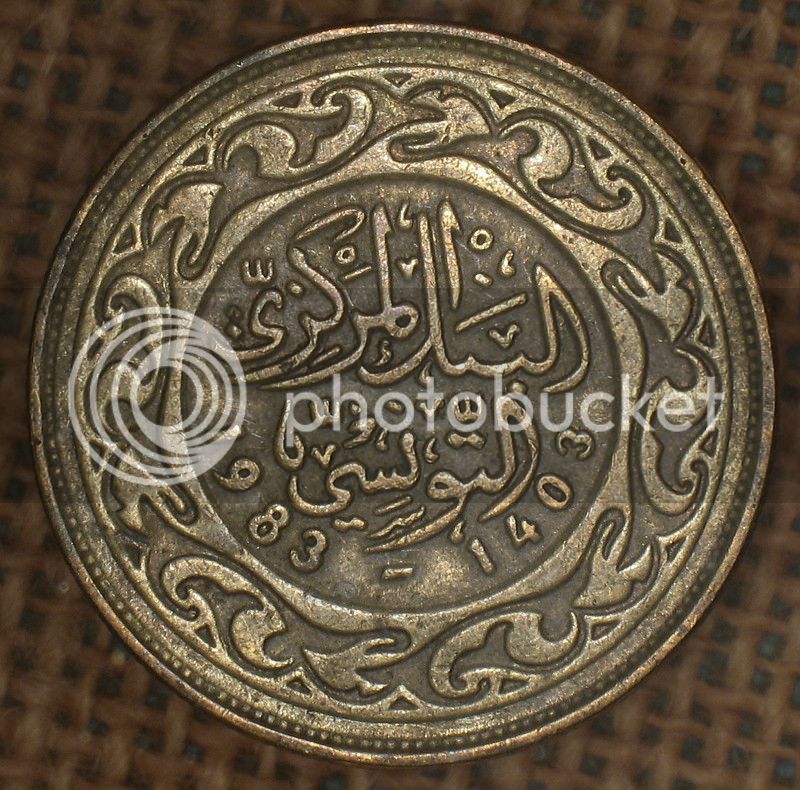bugbear
Established Member
Over the weekend, I wanted a way to hold a sheet of glass at 45 degrees, for a photographic lighting trick.
I needed to cut a slot of just the right thickness in a piece of wood, and at first couldn't think of a way to do it - no saw I own cuts a kerf thick enough, and widening a saw kerf is difficult.
(with a table saw one would probably just make two overlapping kerfs, but a hand saw won't do this).
The final solution was "obvious"; I used my tiny Ulmia 348 mitre saw to make TWO cuts, rather(!!) close together, and then simply snapped out the tiny remaining piece. A couple of trials got the slot width I wanted. The blade was narrow enough, stiff enough, and held in place accurately enough for this technique to work.
BugBear
I needed to cut a slot of just the right thickness in a piece of wood, and at first couldn't think of a way to do it - no saw I own cuts a kerf thick enough, and widening a saw kerf is difficult.
(with a table saw one would probably just make two overlapping kerfs, but a hand saw won't do this).
The final solution was "obvious"; I used my tiny Ulmia 348 mitre saw to make TWO cuts, rather(!!) close together, and then simply snapped out the tiny remaining piece. A couple of trials got the slot width I wanted. The blade was narrow enough, stiff enough, and held in place accurately enough for this technique to work.
BugBear


































